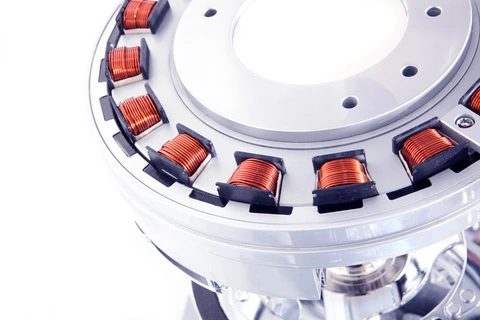Electric Vehicles and Vehicle Electronics standards are published by multiple organizations, chief among them
ISO,
IEC, and
SAE. Given the wide range of components that must all work together to provide the desired experience and reliability that automotive manufacturers and consumers alike want in their cars, standardization plays a key role in automotive electronics. With the recent surge in popularity for electric road vehicles like hybrid electric vehicles and plug-in electric vehicles, the standardization of testing procedures and metrics for safety and emissions become vital. Other fields of standardization, such as connectors and electrical disturbances, carry renewed importance with the increasing amounts of electronics in today's cars, electric or not.






